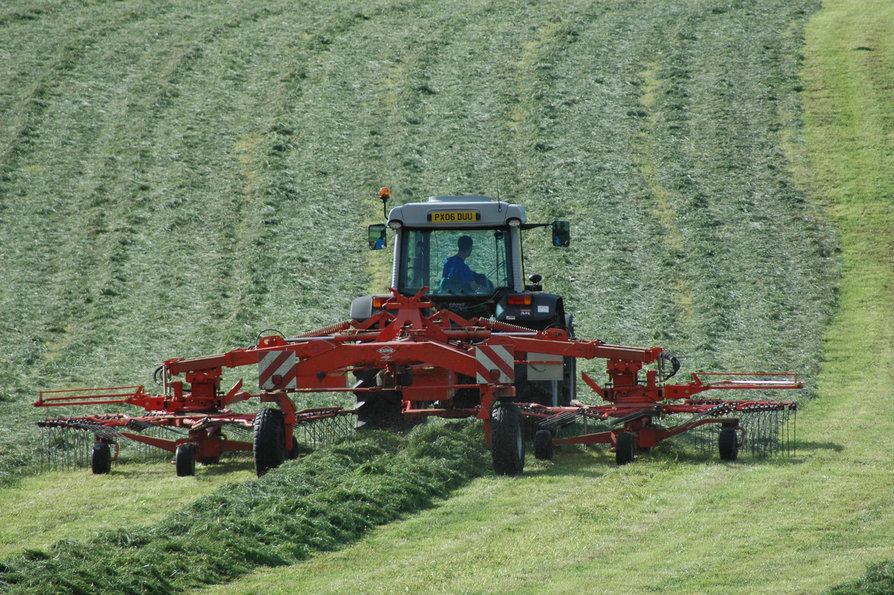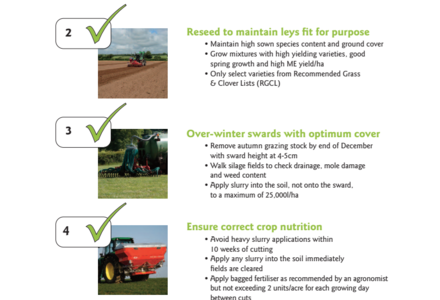Research shows benefits, risks and solution for better multi-cut grass
03 July 2019
Preserving the high quality material from a multi-cut approach

With the drive to boost milk from forage, the increasingly popular multi-cut approach of cutting grass for silage while younger and taking more cuts per season offers a number of potential advantages:
-
Higher ME (for milk production) – because younger grass is more digestible
-
Higher protein content – because nitrogen assimilated into protein by the plant hasn’t yet been ‘diluted’ by extra growth
-
Higher overall yield – from more cuts over the season
Additional benefits include:
-
Easier silage-making / less weather-dependent – because lighter cuts wilt faster
-
Easier clamp consolidation – because younger grass contains less stem material
-
Reduced silage variability – from grass being cut at a more uniform growth stage
-
Higher silage intakes – since increased digestibility means less time in the rumen
However, while multi-cut silage offers advantages, it has also been thought it needs particular care when conserving this higher quality material.
Latest research to assess the benefits, risks and solutions for a multi-cut system
A new, detailed research project was conducted by Volac silage scientists last season in South Wales to assess:
1. The key benefits of multi-cut grass
2. The ensiling risks in a multi-cut system
3. Whether these could be mitigated by applying a well-recognised additive (Ecosyl)
Focus on the results
Analysis of the ‘raw material’ grass crop
Analysis of standing crop samples from a multi-cut field revealed that while it was indeed consistently high in digestibility and ME, it was also a consistently challenging material to ensile:
- Crude protein was relatively high – good for nutrition but a risk because high protein buffers the fermentation
- Enterobacteria, commonly associated with slurry, were present – a risk because slurry bacteria interfere with an efficient fermentation by consuming sugar in the clamp (and the shorter cutting intervals with multi-cut means less time for slurry to dissipate in the field)
- Naturally-present lactic acid-producing bacteria were low in numbers – making rapid fermentation less likely if relying on these alone
Analysis of the ensiled crop
Following on from this, analysis of silages made from multiple cuts at intervals of up to 95 days after ensiling repeatedly revealed:
Without additive:
- Very slow fermentation / slow production of beneficial lactic acid – with the pH remaining high
- Proliferation of ‘bad bacteria’
- High dry matter losses
- Indications of poor protein preservation
With additive:
- Clear demonstration that beneficial bacteria in Ecosyl (Lactobacillus plantarum MTD/1) dominated the fermentation
- Faster production of beneficial lactic acid plus rapid pH falls
- Suppression of ‘bad bacteria’
- Substantial reductions in dry matter losses
- Indications of improved protein preservation
Overall, this latest research concluded that treating with Ecosyl resulted in more of a higher quality silage to feed, when compared to untreated silage.
Want to find out more about the trial? You can download more information about the Multicut System for grass silage trial here.
Ready to start using Ecosyl? Download the full Ecosyl product brochure or head over to our order form.

